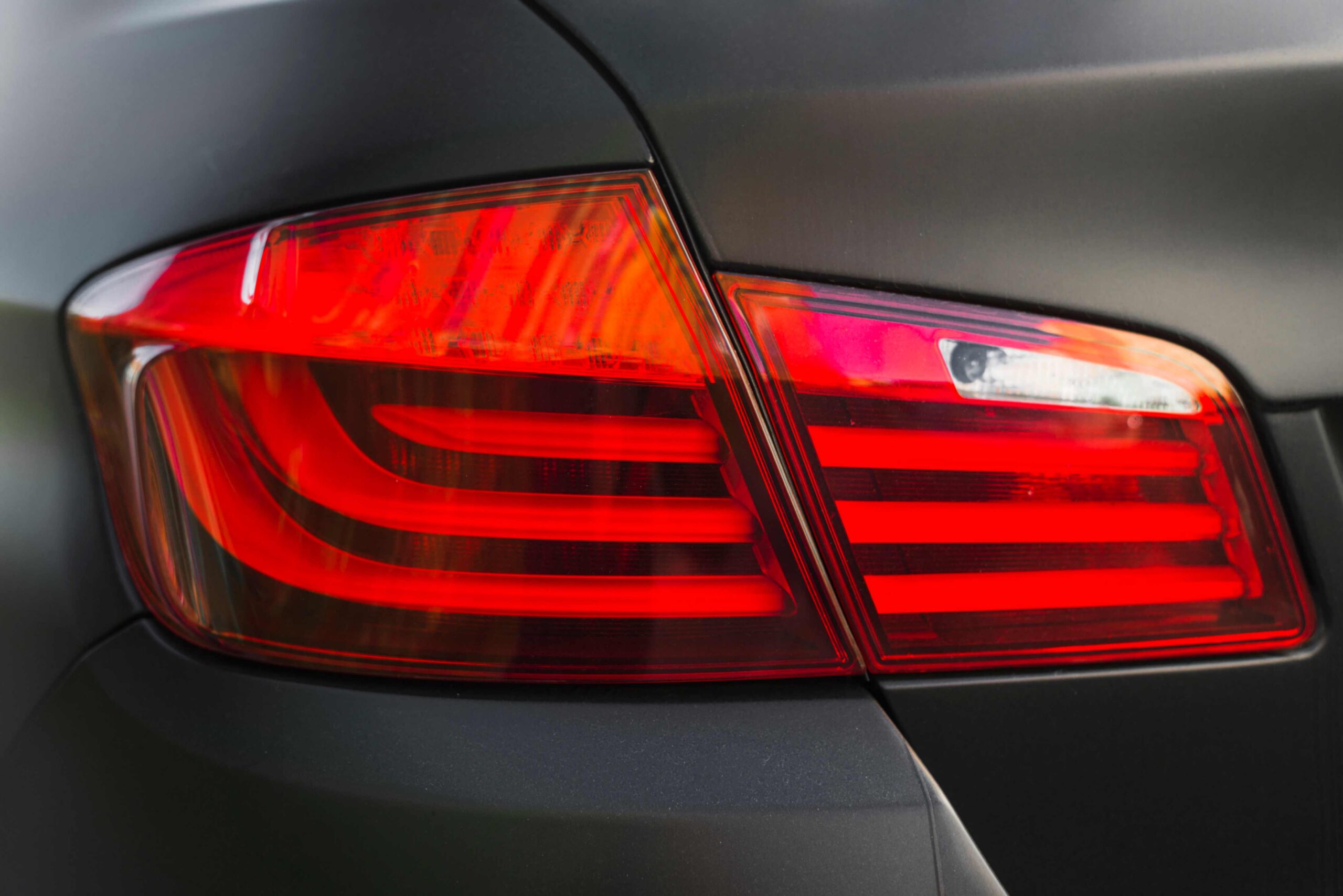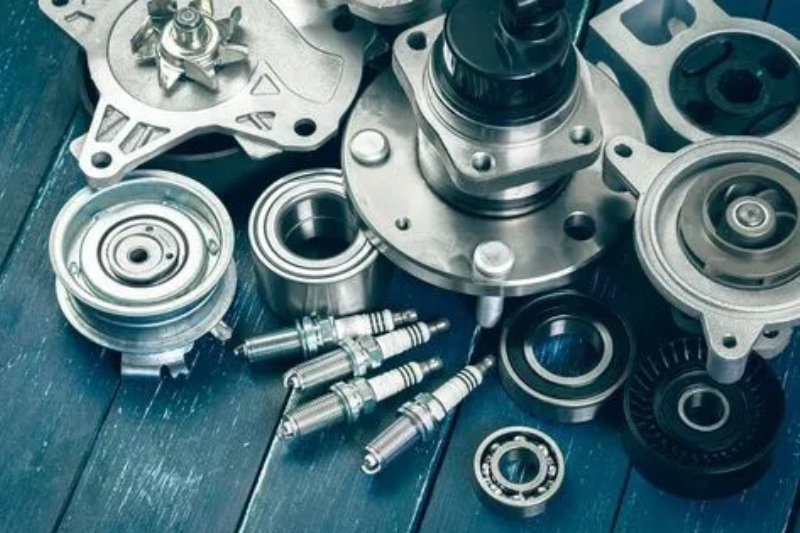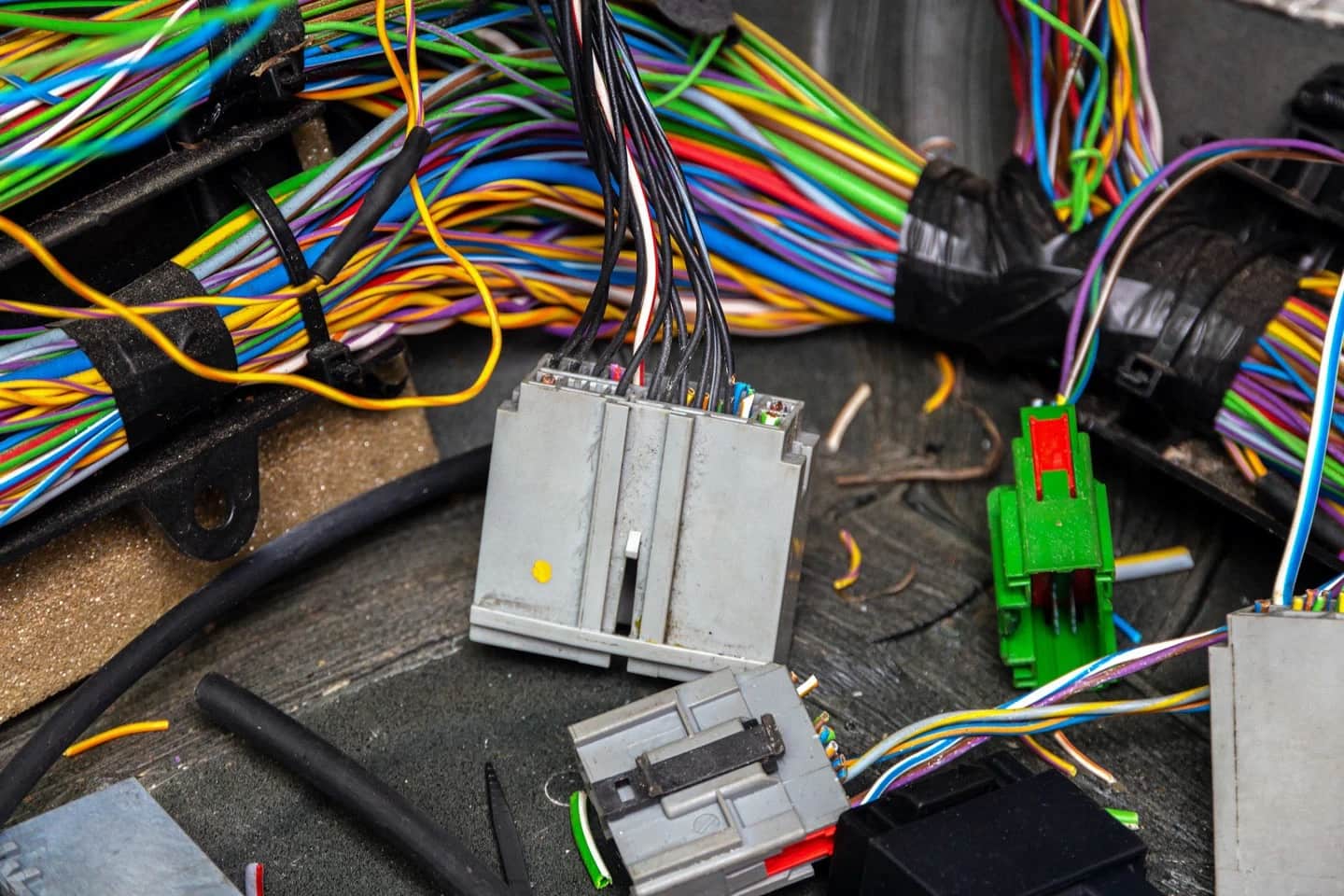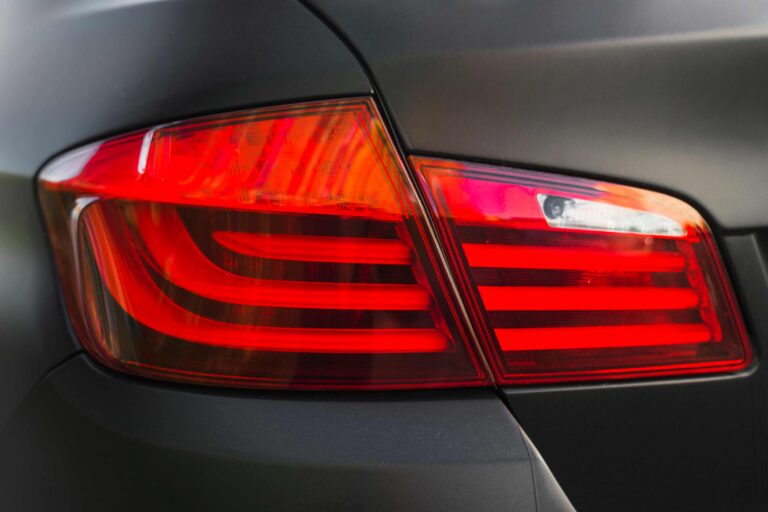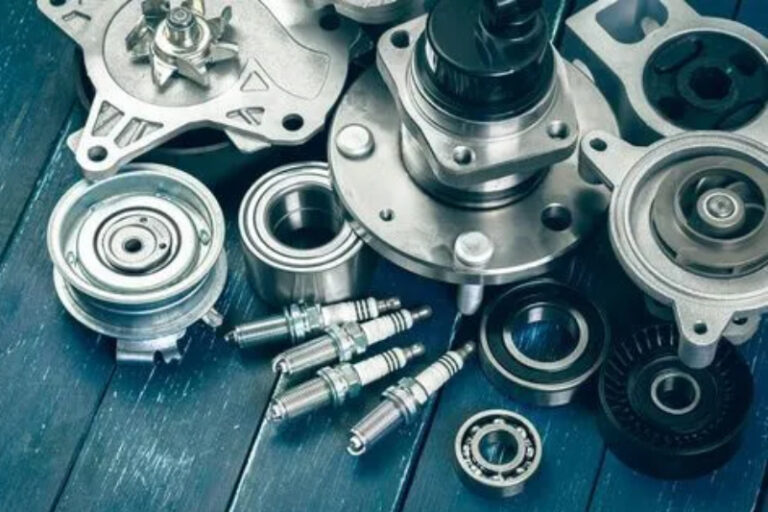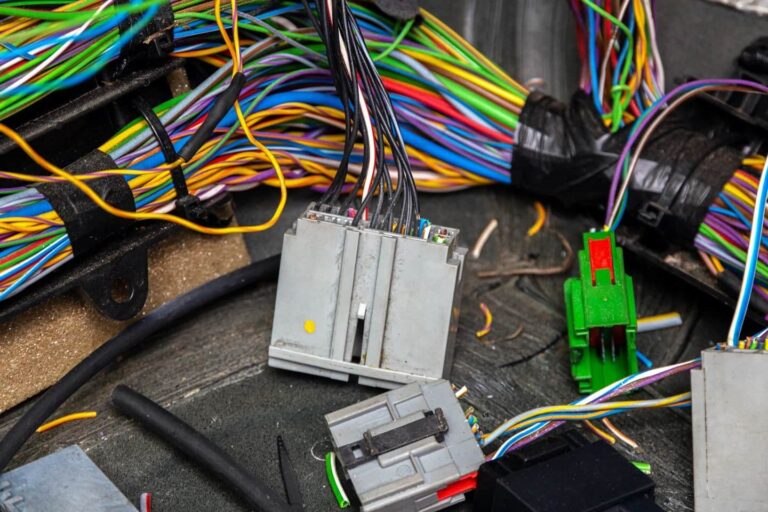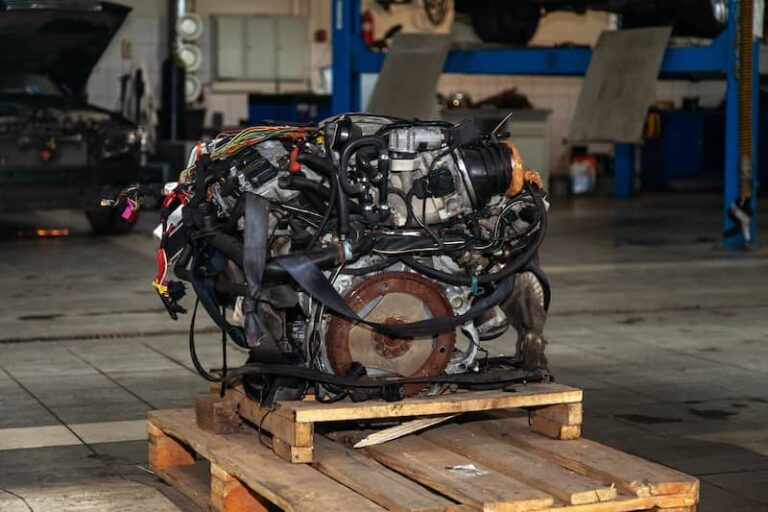One of the most crucial components of your vehicle is the engine mount. While the engine powers your car, it’s the engine mount that keeps it secure. Imagine placing a fragile item in a box – if you shake it without protection, it will break. But if you cushion it carefully, it remains safe. The engine mount performs exactly this role for your engine. Naturally, proper protection comes at a cost. That’s why engine mount replacement isn’t cheap – it’s an investment in your engine’s safety and performance.
In this guide, we’ll dive into engine mount replacement costs, common symptoms of a failing mount, types of engine mounts, and everything you need to know before replacing them.
An Overview of Engine Mount Replacement cost

Recognizing the signs of a worn-out engine mount early can save you both money and stress. The replacement cost for an engine mount can vary significantly depending on your vehicle type and whether you choose OEM or aftermarket parts.
- Preventive Replacement: $10–$150 for the part.
- Repair of Damaged Mounts: $250–$600 depending on vehicle and mount type.
- Labor Costs: Engine mount replacement is labor-intensive. Labor typically costs $200–$450, sometimes even more depending on the complexity of the installation.
It’s crucial to never compromise on quality. A poorly made engine mount can cause vibrations, damage the engine, and even lead to more expensive repairs in the long run. Always choose OEM or high-quality aftermarket parts.
Detailed Information About Engine Mounts
Engine mounts come in different forms depending on their purpose and design. They primarily absorb engine vibrations and protect the engine from movement that can damage other parts. Key components include:
- Molded Rubber Bushing: Acts as a cushion to absorb vibrations.
- Bolts: Secure the mount tightly to the engine and chassis.
- Hydraulic Fluid (in some types): Provides extra damping for smoother performance.
Engine mounts aren’t just limited to cars – they’re used in buses, trucks, boats, and airplanes as well. Their design ensures the engine functions safely while protecting other connected components, including sensors and transmission systems.
Benefits of Using Good-Quality Engine Mounts
Using a high-quality engine mount offers multiple advantages:
- Reduces excessive noise and vibration.
- Protects the engine from potential damage.
- Extends the lifespan of the engine and attached sensors.
- Safeguards vital components like the transmission.
Neglecting a failing engine mount can lead to costly repairs or even catastrophic engine damage. Regular inspections and timely replacements are essential for maintaining vehicle safety and performance.
Role of an Engine Mount
The primary role of an engine mount is to secure the engine in place and reduce vibrations that would otherwise transfer to the chassis. There are different types of mounts used depending on vehicle design and application:
Single-Piece Isolator
Typically used as the rear or front mount, this type is ideal for applications requiring minimal motion. It provides a fixed support for the engine while absorbing minor vibrations.
Hydraulic Engine Mount
Hydraulic mounts contain fluid that helps absorb more vibrations and noise. The fluid adjusts to changes in engine movement, providing smoother operation. Vehicles with four-cylinder engines often use hydraulic mounts for enhanced comfort and performance.
Base Plate for Flange Mounts
These mounts are designed for easy installation using bolts. They are suitable for locations with ample space and are often used where engine mounts need to be replaced quickly and efficiently.
Symptoms of a Damaged Engine Mount
Identifying a failing engine mount early is crucial to prevent extensive damage. Common symptoms include:
1. Repeated Engine Sounds
Banging, clanking, or unusual noises from the engine bay often indicate a loose or failing mount. A mount that no longer secures the engine properly allows it to hit other components.
2. Stronger Vibrations
Excessive vibrations felt throughout the car, especially while braking or idling, can be a clear sign of a faulty engine mount.
3. Engine Movement
A moving engine indicates at least one failed mount. You may notice it shifting during acceleration, causing power loss or excessive vibrations.
4. Slightly Tilted Engine
Engine mounts keep the engine level. A slight tilt may not seem serious at first, but prolonged tilting can strain the engine and lead to severe damage.
5. Damaged Engine Block
Neglecting a failing mount can eventually cause the engine block itself to suffer damage. This scenario can be catastrophic, leading to engine failure, accidents, or costly repairs.
Engine Mount Replacement Cost Factors
The cost of replacing an engine mount depends on several factors:
- Type of Vehicle: Luxury or performance cars often have more expensive mounts.
- Mount Type: Hydraulic mounts or specialized mounts cost more than basic rubber mounts.
- Labor Intensity: Some engines require removing additional components to access the mount, increasing labor costs.
- Quality of Parts: OEM parts are pricier but ensure better durability and performance compared to cheaper alternatives.
On average, replacing a single engine mount can cost between $300–$600, including parts and labor. Preventive replacement costs, however, are much lower, starting at around $10–$150 for the part alone.
Maintenance Tips for Engine Mounts
- Regular Inspection: Check for cracks, wear, or leaks, especially in hydraulic mounts.
- Listen for Noises: Banging or clanking sounds often signal a failing mount.
- Check Engine Alignment: Ensure the engine is level and secure in the bay.
- Professional Installation: Always rely on certified mechanics to replace mounts to prevent improper installation.
Conclusion
Engine mounts are silent protectors of your car’s engine. They absorb vibrations, keep the engine secure, and protect vital components. Ignoring a failing engine mount can lead to increased noise, vibrations, engine damage, and costly repairs. By understanding the costs, symptoms, and types of engine mounts, you can make informed decisions and ensure your vehicle runs smoothly for years to come.
FAQs
Engine mount replacement ranges from $10–$150 for parts. Labor costs can be $200–$450, depending on vehicle type and complexity.
It’s not recommended. Faulty mounts can damage the engine and affect performance, potentially leading to accidents.
➢ Repeated engine sounds
➢ Stronger Vibrations
➢ Moving Engine
➢ Slightly Tilted Engine
➢ Damaged Engine Block
Not necessarily. Only replace the mounts that show wear or damage. Most vehicles have 3–4 mounts holding the engine and transmission.
Hydraulic mounts absorb more vibrations and provide smoother operation, making them ideal for four-cylinder engines or vehicles prioritizing comfort.


